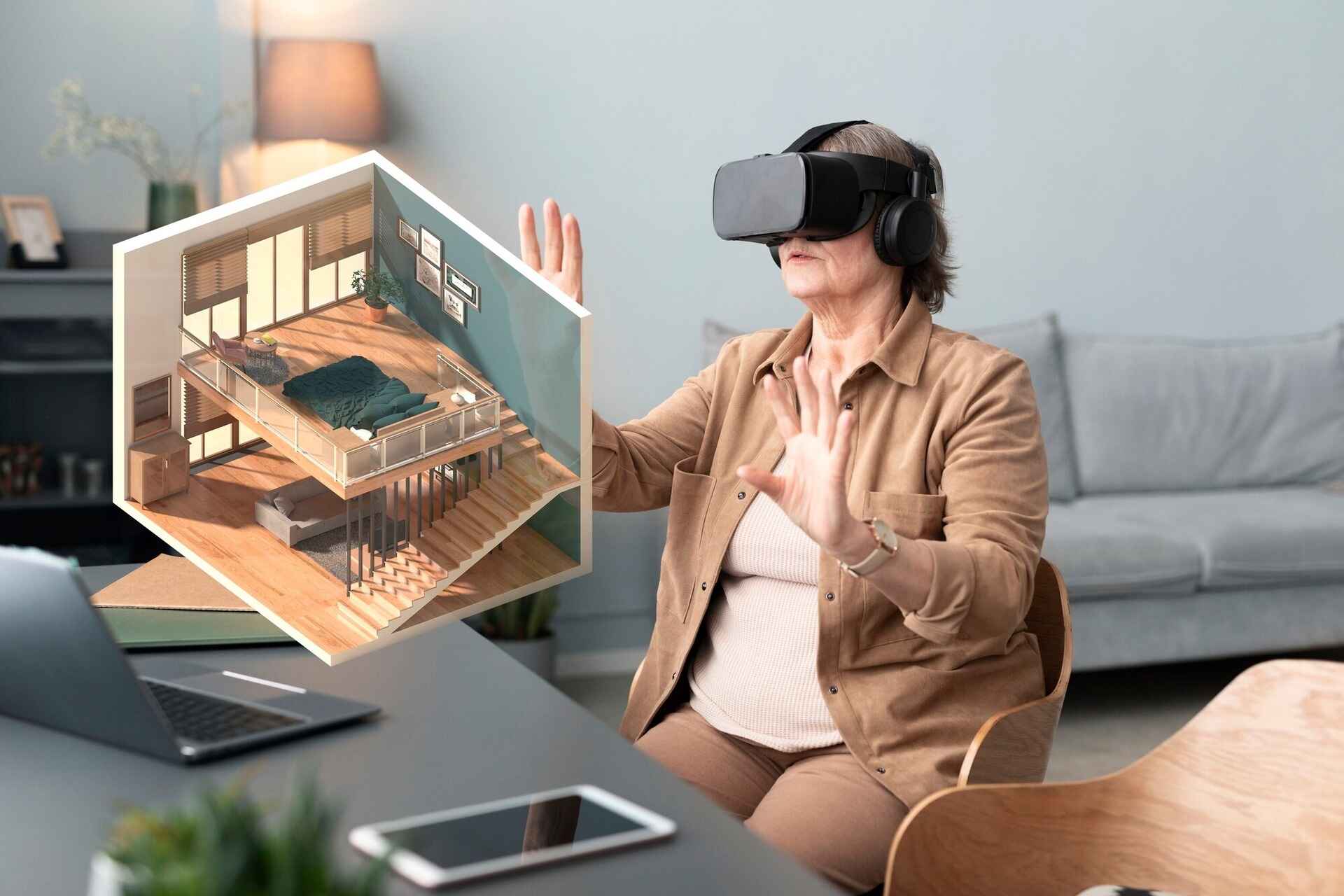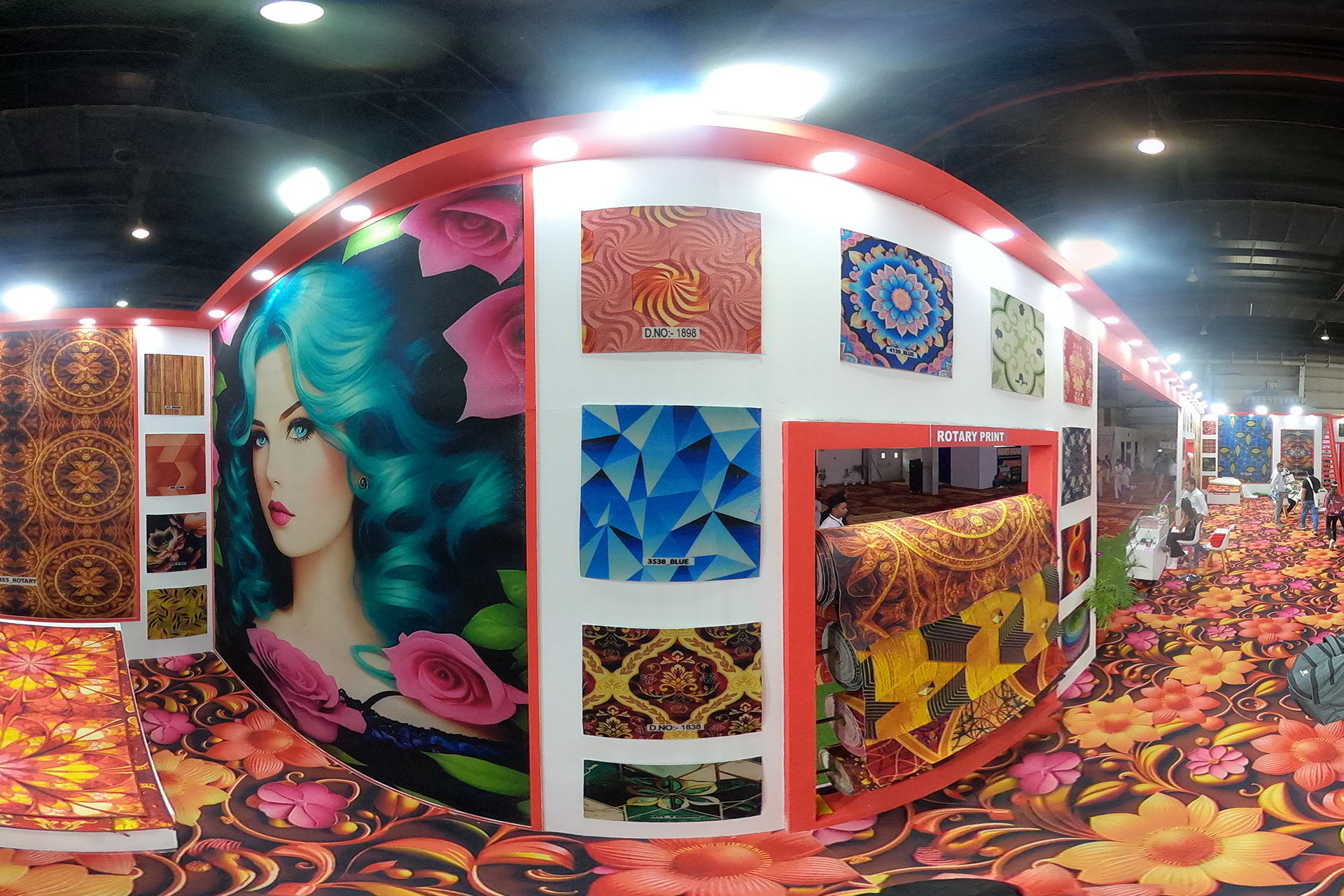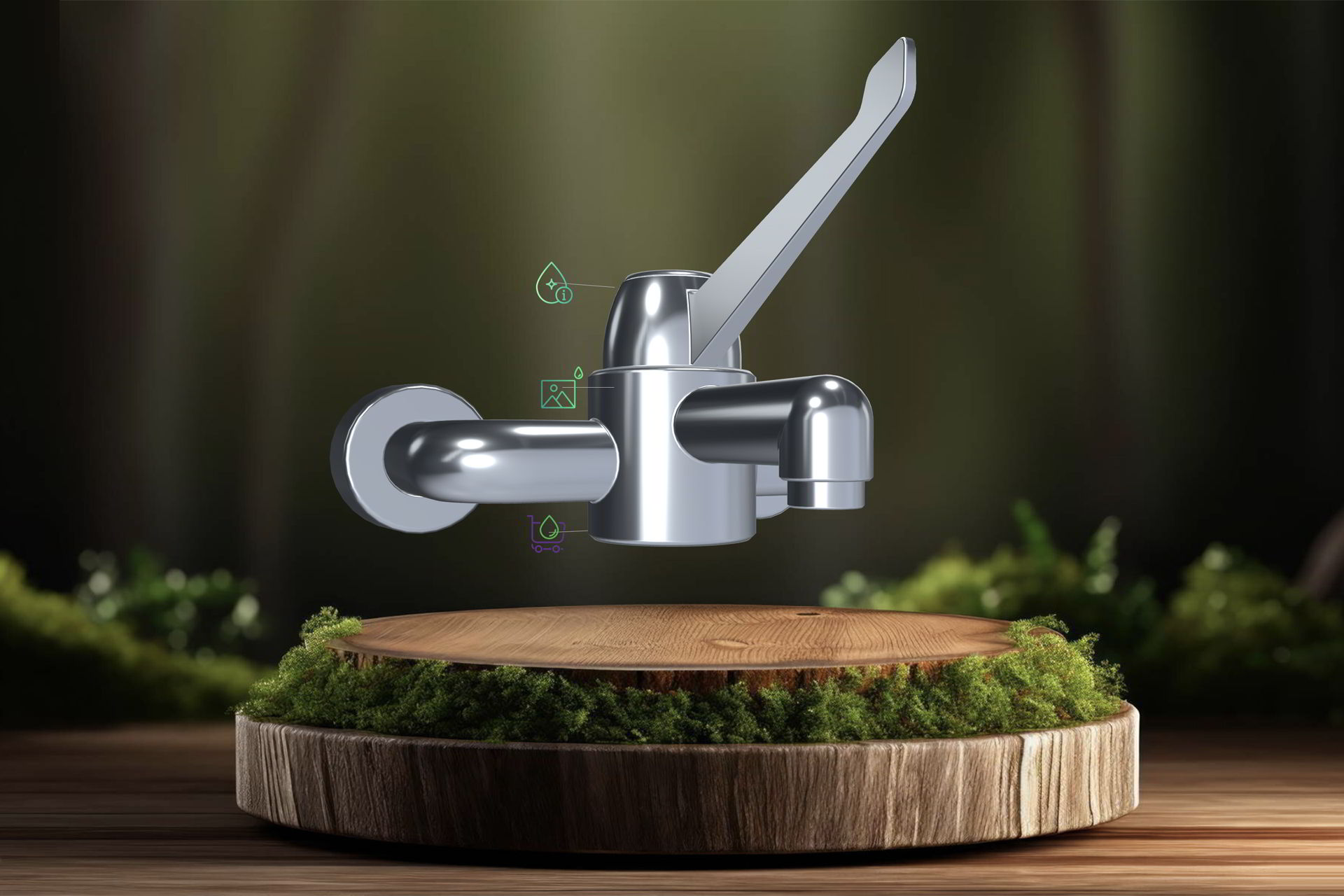Redefining Realty: Unveiling 20 Transformative Benefits of AR and VR in Real Estate
The real estate industry, ever dynamic and competitive, is witnessing a technological revolution with the integration of Augmented Reality (AR) and Virtual Reality (VR). These immersive technologies are reshaping the way properties are showcased, experienced, and transacted. Let's explore the 20 significant benefits that AR and VR bring to the forefront of the real estate landscape.
- Virtual Property Tours:
AR and VR enable immersive virtual property tours, allowing potential buyers and tenants to explore homes and commercial spaces from the comfort of their devices. - Enhanced Visualization:
VR provides a three-dimensional visualization of properties, giving clients a realistic sense of space, layout, and design, which traditional photographs may not capture. - Remote Property Viewing:
AR applications facilitate remote property viewing, allowing clients to overlay property information on their smartphones or tablets while physically exploring the neighbourhood. - Interior Design Preview:
VR allows clients to visualize and experiment with interior design options before making purchasing decisions, fostering a sense of personalization. - Improved Decision-Making:
AR and VR empower clients to make more informed decisions by offering immersive experiences that go beyond static images and floor plans. - Cost-effective Property Marketing:
VR enables the creation of virtual showrooms and property presentations, reducing the need for physical marketing materials and open houses. - Global Property Showcase:
VR transcends geographical barriers, allowing international clients to virtually explore and experience properties without the need for physical travel. - Construction Visualization:
AR assists in visualizing construction projects at various stages, helping developers and clients understand the progress and make real-time decisions. - Reduced Need for Physical Tours:
VR property tours minimize the need for multiple physical visits, saving time for both real estate agents and clients. - Interactive Neighborhood Exploration:
AR overlays information about local amenities, schools, and infrastructure onto a property view, aiding clients in understanding the neighbourhood. - Increased Property Accessibility:
VR makes properties more accessible to individuals with mobility challenges, allowing them to virtually tour and experience spaces. - Real-time Changes and Customizations:
VR allows real-time customization of property features, giving clients the ability to explore different design options and configurations. - Streamlined Property Development:
VR assists architects and developers in visualizing and refining property designs, potentially reducing the number of design revisions. - Efficient Property Sales Training:
VR simulations aid real estate agents in training for property sales scenarios, improving their skills in negotiations and client interactions. - Immersive Property Showcases:
AR and VR create immersive property showcases for real estate listings, attracting more attention and engagement from potential buyers. - Risk Mitigation for Buyers:
VR enables buyers to assess properties more comprehensively, potentially reducing the risk of post-purchase dissatisfaction or unexpected issues. - Virtual Staging:
VR allows virtual staging of empty properties, helping clients visualize the potential of a space with furniture and decor. - Faster Decision Cycles:
AR and VR accelerate the decision-making process by providing clients with a more engaging and efficient property exploration experience. - Collaborative Property Planning:
AR facilitates collaborative planning sessions for property development, involving various stakeholders in real-time discussions and decision-making. - Increased Marketing ROI:
By leveraging the immersive and interactive nature of AR and VR, real estate marketers can achieve a higher return on investment through more effective and memorable marketing campaigns.
Conclusion
As we navigate the evolving landscape of real estate, the infusion of Augmented Reality and Virtual Reality emerges as a game-changer. The 20 benefits outlined here highlight the transformative power of AR and VR in redefining how properties are showcased, experienced, and ultimately transacted. These technologies not only enhance the efficiency of real estate processes but also elevate the overall client experience, fostering a new era of innovation and engagement. The synergy between technology and the real estate industry is reshaping the way we buy, sell, and envision properties, signaling a future where immersive technologies are integral to the very essence of realty.










